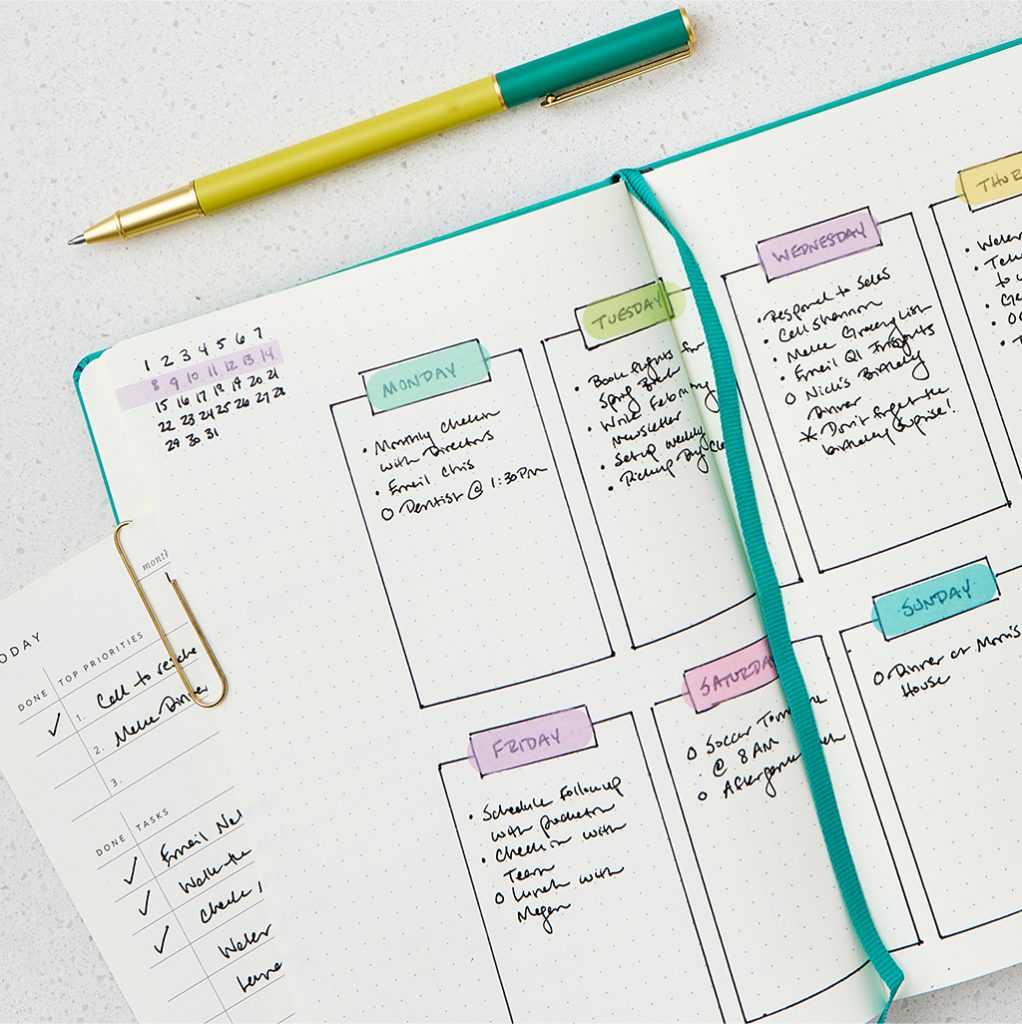Diving Into Bullet Journaling: A Beginner’s Guide
From leather-bound classics to modern digital diaries, there’s something deeply personal and healing about pouring one’s thoughts onto a page. But in recent years, a new trend called bullet journaling has taken the solitary practice mainstream. Skimming through social media, you might encounter stylishly curated screenshots of bullet journals, teasing an intimate glimpse into someone’s life. The aesthetics are undeniably enticing, but bullet journaling is far more than just a social media trend — it’s a transformative tool for organizing thoughts, dreams, and tasks.
Part of what has made bullet journaling so popular is its striking simplicity and adaptability. Many people who have adopted the practice have found it both professionally empowering and personally satisfying. Whether you’re eager to get organized as the new year approaches or are simply tired of your tasks and thoughts getting lost in your phone’s Notes app, there’s no better time to embrace and explore this trend. Whether you’re considering it for personal growth, productivity, or as a thoughtful gift for someone, here’s a beginner’s guide to kick-start your bullet journaling journey.
Understanding the Basics: What Is a Bullet Journal?
Invented by Ryder Carroll, a designer from New York, the bullet journal (or “BuJo,” as enthusiasts call it) is a customizable organization system. It combines elements of a diary, a to-do list, and a planner. The core concept is simple: You jot down short, bulleted notes to track your past, organize your present, and plan for your future.
That simplicity belies bullet journaling’s main appeal: It is an expressive, personalized organizational process that is fully customizable to your needs and work style. No two bullet journals will look the same. Instead, with a few standard sections and a general approach, bullet journaling promises to help you sort out your priorities, identify where you are stuck, and plot out your path to your hopes and dreams. More than just a professional planner, it is a system that allows you to track all aspects of your personal life, including hobbies, health needs, and whimsical thoughts and desires.
As its inventor, Ryder Carroll, once said, bullet journaling is “best described as a mindfulness practice disguised as a productivity system.”

The Essentials: You’ll Need to Get Started
One of the things that makes bullet journaling so popular is that it is a powerful organizational tool that requires only a few analog tools. With bullet journaling, you never have to worry about battery power or a Wi-Fi connection to make sure you are keeping track of your tasks. To get started, you’ll need:
- A notebook: Choose a notebook that speaks to you. Whether you like a sleek black cover or a vibrant patterned one, the key is to select something you’ll love using.
- A pen: While any pen will do, some prefer fine liners or gel pens for a smoother experience.
- A ruler: For those straight lines and boxes.
Remember, while tons of accessories are available, you don’t need to invest a fortune. The beauty of bullet journaling is making it as minimalistic or as intricate as you wish.

Setting Up Your Journal
Part of the fun of bullet journaling is that it is completely customizable. Setting up the journal is how you make it a reflection of your personality and establish it as a creative project that you enjoy returning to daily. Each journal requires a few foundational sections:
- The index: Your bullet journal begins with an index, which functions as a table of contents. As you add content, you’ll list the page numbers and their topics here.
- The future log: This is an overview of the months ahead. It can span six months or a full year. Here, you jot down events, goals, or important dates.
- The monthly log: This comprises a calendar and a task list. You’ll outline the month’s events, tasks, and objectives.
- The daily log: This is the heart of your journal, where you’ll write tasks, events, and notes for the day.
The Art of Bullets and Signifiers
Bullet journaling uses different bullets:
- Tasks are represented with a simple dot.
- Events are established with an “O.”
- Notes get a dash.
As you progress, you can introduce signifiers — symbols that add extra context. For example, an exclamation mark might highlight something important, or a star could denote a priority.
Embracing the Process
Once you’ve mastered the basics, you can start personalizing. Many add habit trackers, mood logs, or even pages dedicated to books you want to read. Let your creativity roam free.
Bullet journaling is not just about staying organized; it’s a meditative practice. Writing helps clear the mind, making it a therapeutic routine. Don’t stress about making it perfect. It’s a reflection of you — unique and ever-evolving.
A Community of BuJo Enthusiasts
The BuJo community, especially on platforms like Instagram and Pinterest, is both inspiring and welcoming. You can share your layouts, learn from others, and continually discover fresh ideas.
As the new year beckons, bullet journaling offers a promise — not just of organization but of mindfulness. It’s a canvas for your thoughts, a testament to your days, and a chronicle of your aspirations. So, gift yourself or a loved one a bullet journal this festive season and dive into a journey of self-discovery, one bullet point at a time.
Interested in other ways to keep yourself and your family organized? Check out these organization hacks to tackle life’s busy seasons.
© 2023 Texas Farm Bureau Insurance



